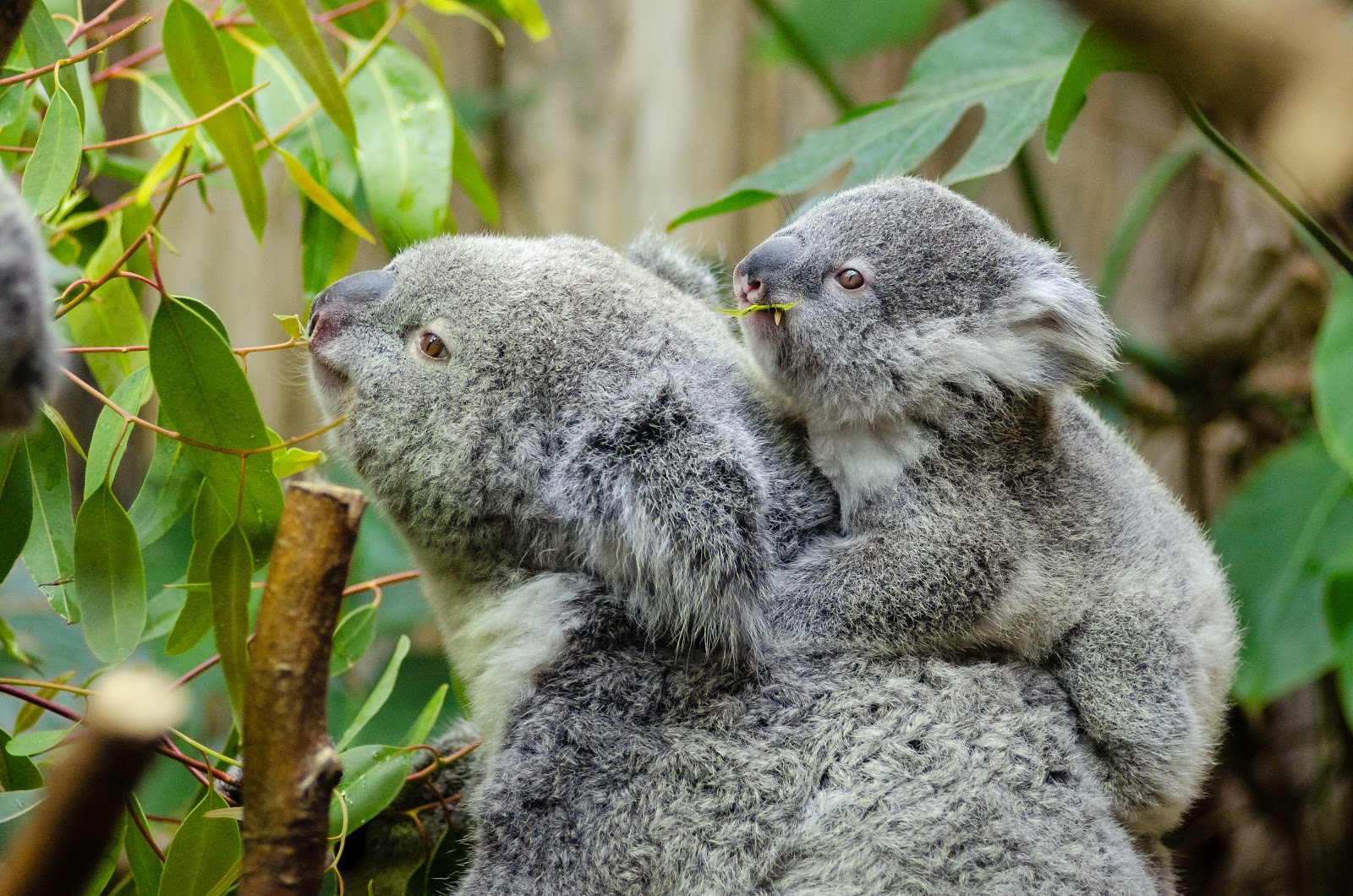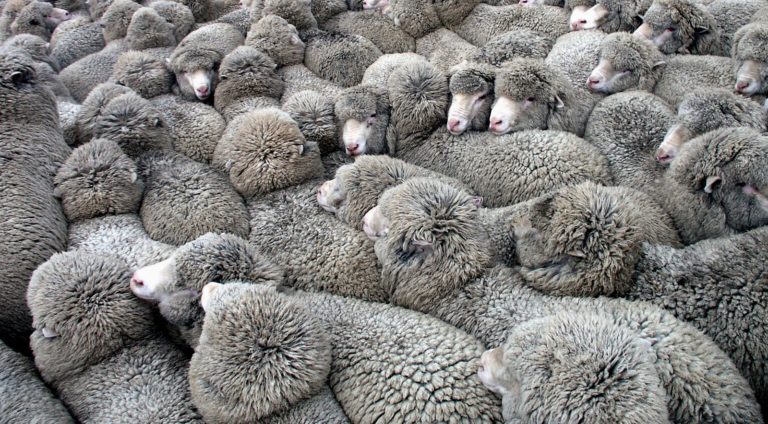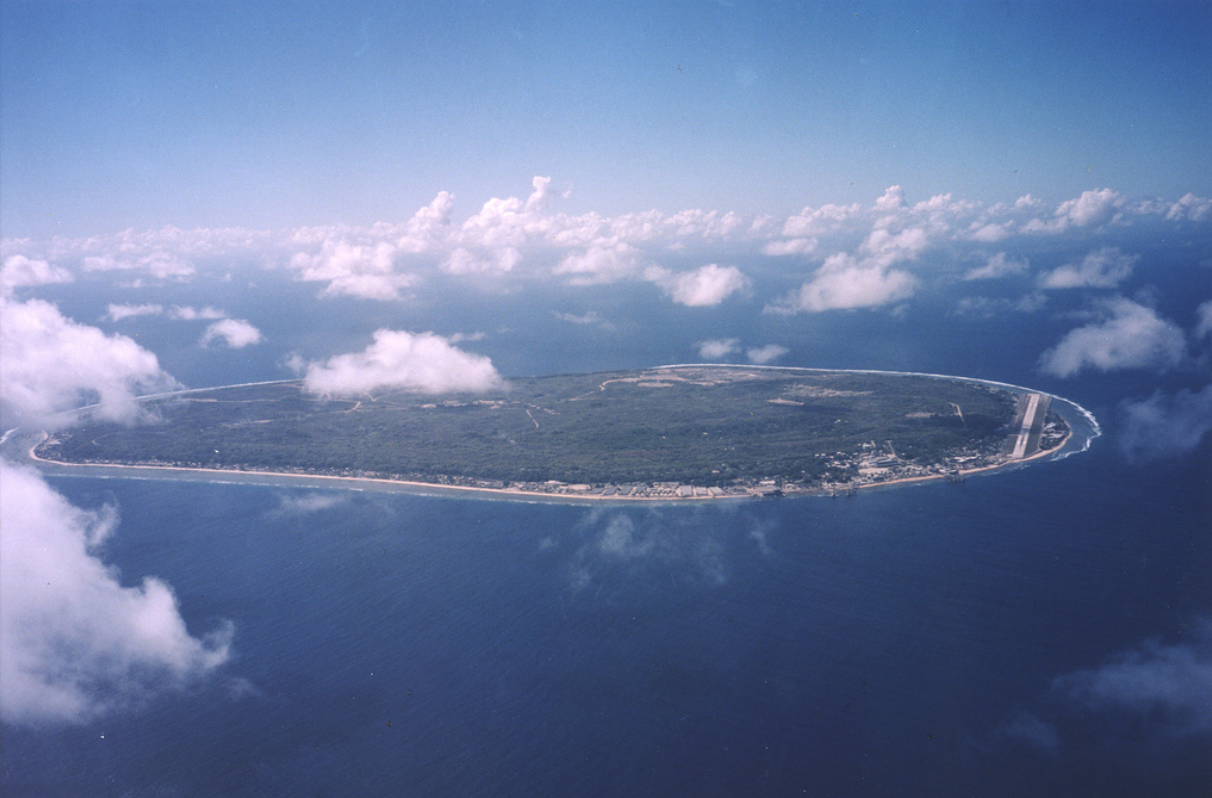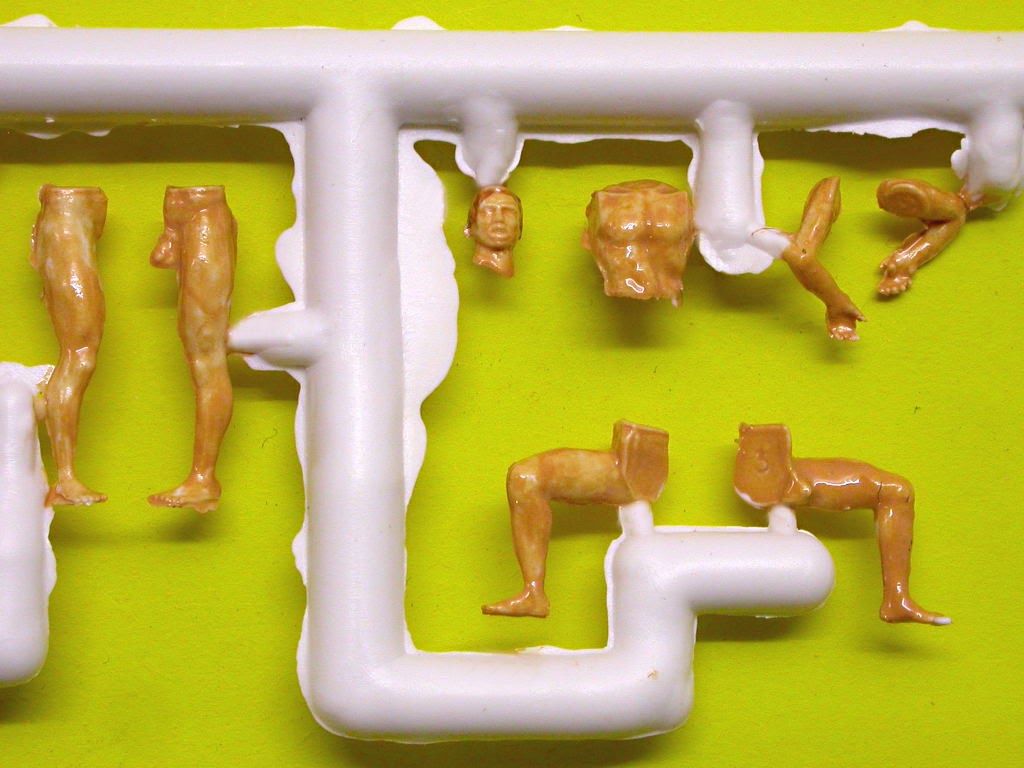The Amazonia and Australia’s fires, the coronavirus, and the invasion of insects in Africa: those four disasters that hit between 2019 and 2020 have one point in common; they are all due to the impact of humans on nature.
The extent of the damage
During the years 2019 and 2020, 4,700 square kilometers of the Amazonian forest burned, the equivalent of the size of 628 football stadiums. There are at least 1.6 million hectares of the Australian forest which burned and 2000 koalas that died during the fire. And more than 228 000 people have died of coronavirus in the world. Furthermore, East Africa is being invaded and ravaged by locusts. Due to the lack of information on the impact of the locust invasion, we don’t exactly know the extent of the damage, however, this greatly affected the harvests and therefore risks famine. But the worst is yet to come. Because these phenomena are only going to multiply if we continue to overexploit nature.

What are they due to?
In fact, the forest fires in Australia are the results of an exceptional drought and heat waves which are unquestionably linked to global warming. Likewise, the cyclones that hit Africa have favored the insects’ circulation and reproduction. It’s the extreme climatic variations that caused those cyclones, and so ideal conditions for these locusts. In Amazonia, the climate alone does not explain forest fires, but they are also due to humans who want to appropriate the land to cultivate it. In the 90’s, deforestation was principally due to agriculture, but now it’s the expansion of soybean plantations in order to feed livestock, which is the number one cause of deforestation in the Amazon rainforest.
The coronavirus were been transmitted to humans by a pangolin, and these animals are heavily poached, “researchers estimated in 2017 that between 400,000 and 2.7 million pangolins are now hunted each year in the forests of Central Africa to supply the Asian market”.This animal is on the verge of extinction, not only because of poaching but also because of deforestation, which made them lose their habitat. Moreover, the passage of virus from animals to humans is easy because of intensive breeding which makes it easier for the virus to move between species; as with the H1N1 flu. It has also been proven that the coronavirus causes higher mortality rates in regions with a high rate of air pollution.
What does the future hold for us ?
In Australia, temperatures and droughts peaked in 2019 and researchers have shown that if we do nothing about global warming, these high levels of heat will be the norm in a few decades. The forest allows the absorption of carbon dioxide (CO2). This is why the Amazon constituting the largest forest in the world is called “the lungs of the Earth”. Unfortunately, when the dynamics of tree mortality intensifies, the trees will no longer absorb but reject this CO2, and therefore contribute to global warming. Evidently, this leads to a devastating loop and therefore the death of thousands of plant, animal and human species.
If we continue to poach and eat wild animals more and more diseases will be transmitted to humans. In addition the food chain would collapse if animals were to disappear. And if we continue to consume as much meat as we currently do, and therefore encourage intensive farming, more viruses will be transmitted and cause more and more deadly pandemics.
We saw that nature takes over during confinement, animals have reclaimed the territory of humans, and pollution has slowed down. It is therefore possible to limit our impact on nature. It is therefore more than necessary to take drastic measures if we want to prevent the extinction of species. It is necessary to stop overconsumption, to stop animal exploitation, to fight against overheating. If no action is taken, thousands of plant species will disappear causing the death of the animals, we will face extreme weather, which will slowly destroy the human species, starting with those who already suffer from it, the poorest.
by Aimée Niau Lacordaire
Photo Credits
Koala, Mathias Appel, CC0 1.0 Universal (CC0 1.0)
Fire, U.S. Fish and Wildlife Service Southeast Region U.,S. Fish and Wildlife Service Southeast Regio, Public Domain Mark 1.0
Sheep, Bernard Spragg. NZ, CC0 1.0 Universal (CC0 1.0)











